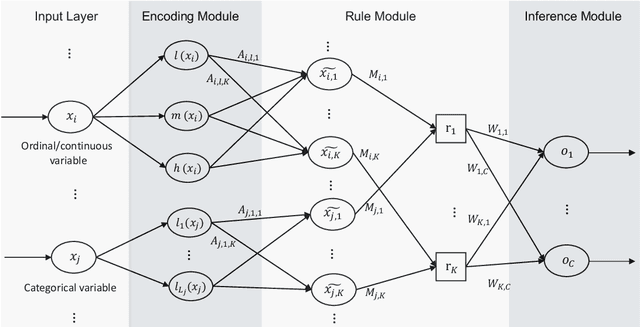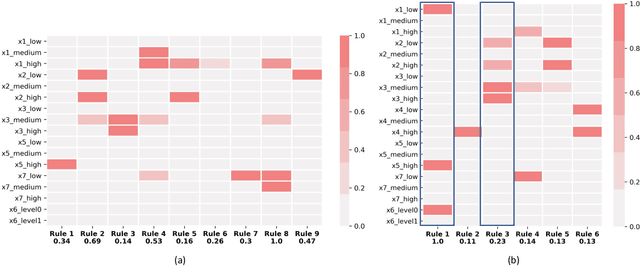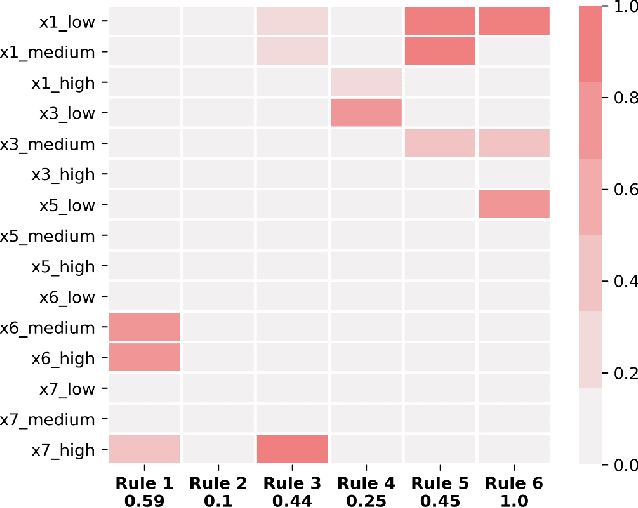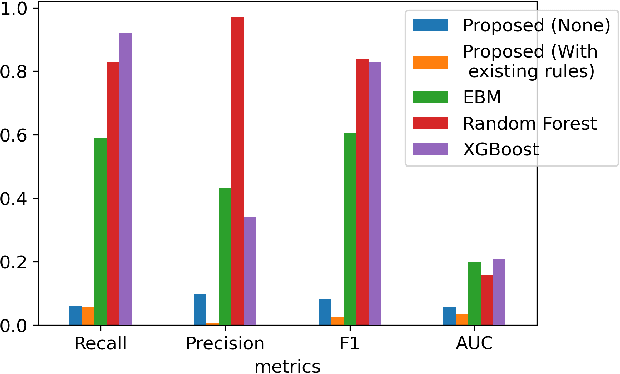Jessica R. Golbus
Debiased Machine Learning and Network Cohesion for Doubly-Robust Differential Reward Models in Contextual Bandits
Dec 15, 2023Abstract:A common approach to learning mobile health (mHealth) intervention policies is linear Thompson sampling. Two desirable mHealth policy features are (1) pooling information across individuals and time and (2) incorporating a time-varying baseline reward. Previous approaches pooled information across individuals but not time, failing to capture trends in treatment effects over time. In addition, these approaches did not explicitly model the baseline reward, which limited the ability to precisely estimate the parameters in the differential reward model. In this paper, we propose a novel Thompson sampling algorithm, termed ''DML-TS-NNR'' that leverages (1) nearest-neighbors to efficiently pool information on the differential reward function across users and time and (2) the Double Machine Learning (DML) framework to explicitly model baseline rewards and stay agnostic to the supervised learning algorithms used. By explicitly modeling baseline rewards, we obtain smaller confidence sets for the differential reward parameters. We offer theoretical guarantees on the pseudo-regret, which are supported by empirical results. Importantly, the DML-TS-NNR algorithm demonstrates robustness to potential misspecifications in the baseline reward model.
A Novel Tropical Geometry-based Interpretable Machine Learning Method: Application in Prognosis of Advanced Heart Failure
Dec 09, 2021



Abstract:A model's interpretability is essential to many practical applications such as clinical decision support systems. In this paper, a novel interpretable machine learning method is presented, which can model the relationship between input variables and responses in humanly understandable rules. The method is built by applying tropical geometry to fuzzy inference systems, wherein variable encoding functions and salient rules can be discovered by supervised learning. Experiments using synthetic datasets were conducted to investigate the performance and capacity of the proposed algorithm in classification and rule discovery. Furthermore, the proposed method was applied to a clinical application that identified heart failure patients that would benefit from advanced therapies such as heart transplant or durable mechanical circulatory support. Experimental results show that the proposed network achieved great performance on the classification tasks. In addition to learning humanly understandable rules from the dataset, existing fuzzy domain knowledge can be easily transferred into the network and used to facilitate model training. From our results, the proposed model and the ability of learning existing domain knowledge can significantly improve the model generalizability. The characteristics of the proposed network make it promising in applications requiring model reliability and justification.
 Add to Chrome
Add to Chrome Add to Firefox
Add to Firefox Add to Edge
Add to Edge